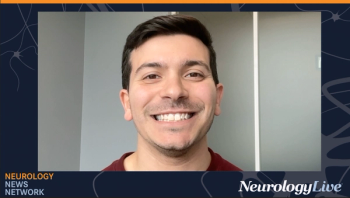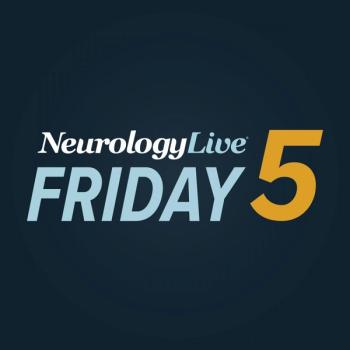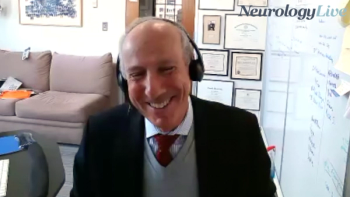
4 Exciting Neurology Papers from 2014
What happens before the demyelinating lesions of MS appear? Does smoking confer protection against Parkinson disease? How is NMDA receptor-associated disease reversed? Here are 4 fine papers from 2014 that set out to answer these questions.
Implications of toxic neuropathies and genetic risk factors, smoking and Parkinson disease, reversibility of NMDA receptor associated disease, light shed on blood brain barrier breakdown before demyelinating lesions-these studies describe some of the most interesting and meaningful developments in the rapidly changing field of neurology in 2014. The slides that follow make up my personal list--in no particular order--of some of the more interesting papers in neurology this year.Samuel Pleasure, MD, PhD is Professor of Neurology and Neuroscience at UCSF School of Medicine in San Francisco.
Newsletter
Keep your finger on the pulse of neurology—subscribe to NeurologyLive for expert interviews, new data, and breakthrough treatment updates.



































